Conventional Radiology
What does it consist of?
The radiologist technician will provide you with a gown and will ask you to remove your clothing and metal objects from the body area where you are going to have the scan. Next, the radiologist technician will place you standing or lying down between the X-ray tube and the detector screen to capture with an image the internal structures of the area under study. During the test, which lasts a few thousandths of a second, you must remain completely still and hold your breath when the technician tells you to.
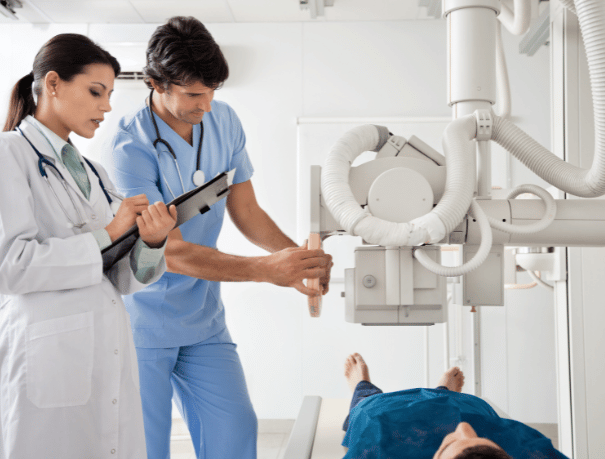
CASES IN WHICH IT IS RECOMMENDED
Who is it for?
The performance of a conventional radiography is mainly indicated in the case of:
- People who have chest pain, shortness of breath or persistent cough, among other symptoms.
- Patients with suspected rib fractures, pneumonia, pulmonary edema or a flooded lung, among other conditions.
- People who have suffered a trauma or fall and it is necessary to rule out the presence of injuries and fractures in bones and joints, among other conditions.
- Patients who require a dental study, prescribed by their doctor or dentist, to study the placement, quantity and development of the teeth, as well as their position with respect to the jaw bone, among other adjacent oral structures.
- People who require a study of the spine to rule out the presence of injuries to the vertebrae and discs, dislocations, bone spurs and curvatures (scoliosis), among other conditions.

INSTRUCTIONS
Who is it for?
This test does not require specific prior preparation, but it is important to take into account the following aspects:
- Comfortable clothes. Go with loose clothing and easy to remove.
- Pregnancy. You should tell your doctor or radiologist if you are or might be pregnant.
- Metallic objects. You must remove all metallic objects located in the area where you are going to perform the study (jewelry, watches, earrings, etc.).
- Previous diagnostic tests. You should inform your doctor if you have recently had a barium examination, CT scan or isotope study with contrast administration. In this case, you will have to wait between 10 and 14 days to be able to take the test.

THE SPECIALISTS WHO WILL ASSIST YOU IN PARACELSO SAGASTA
A team of professionals who take care of you






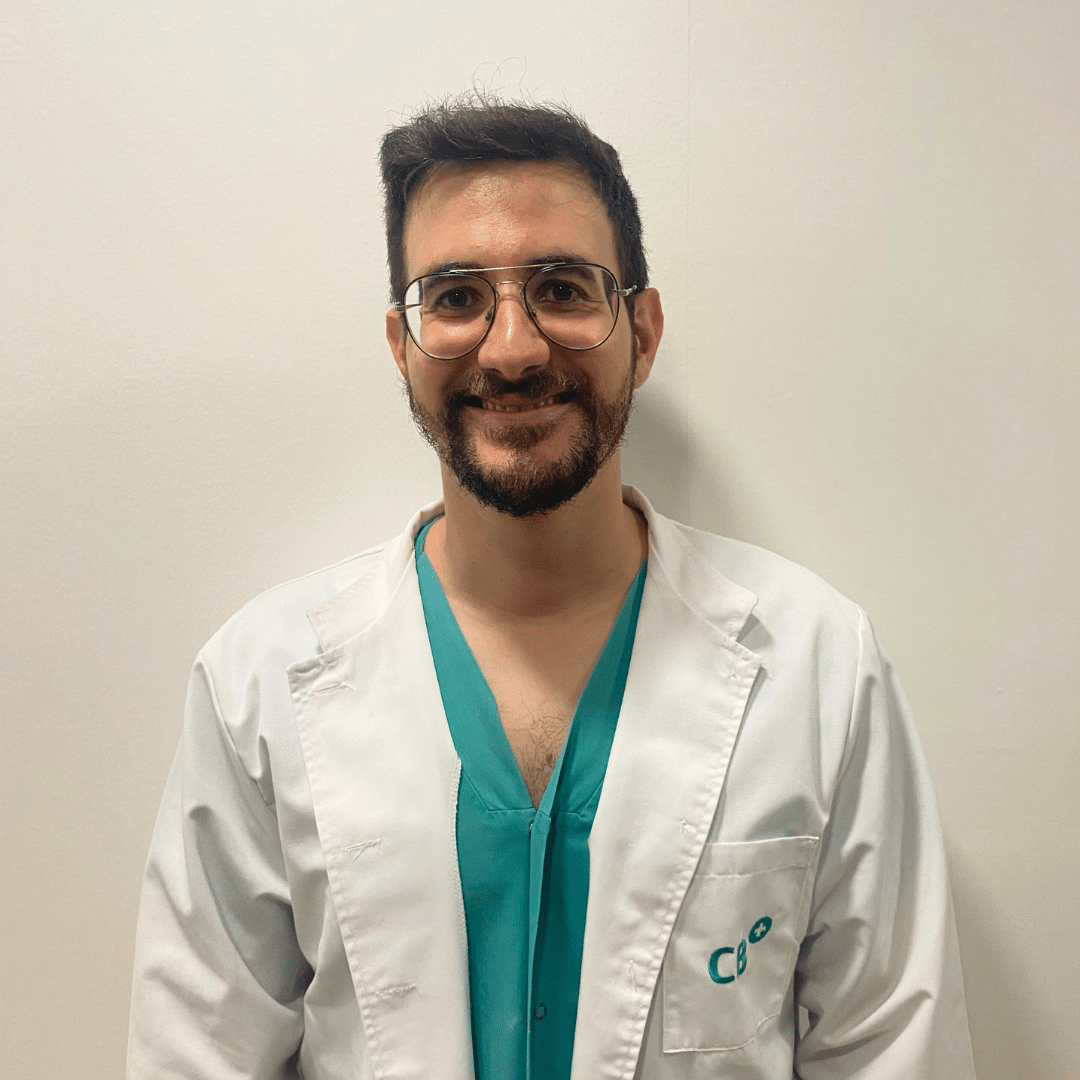
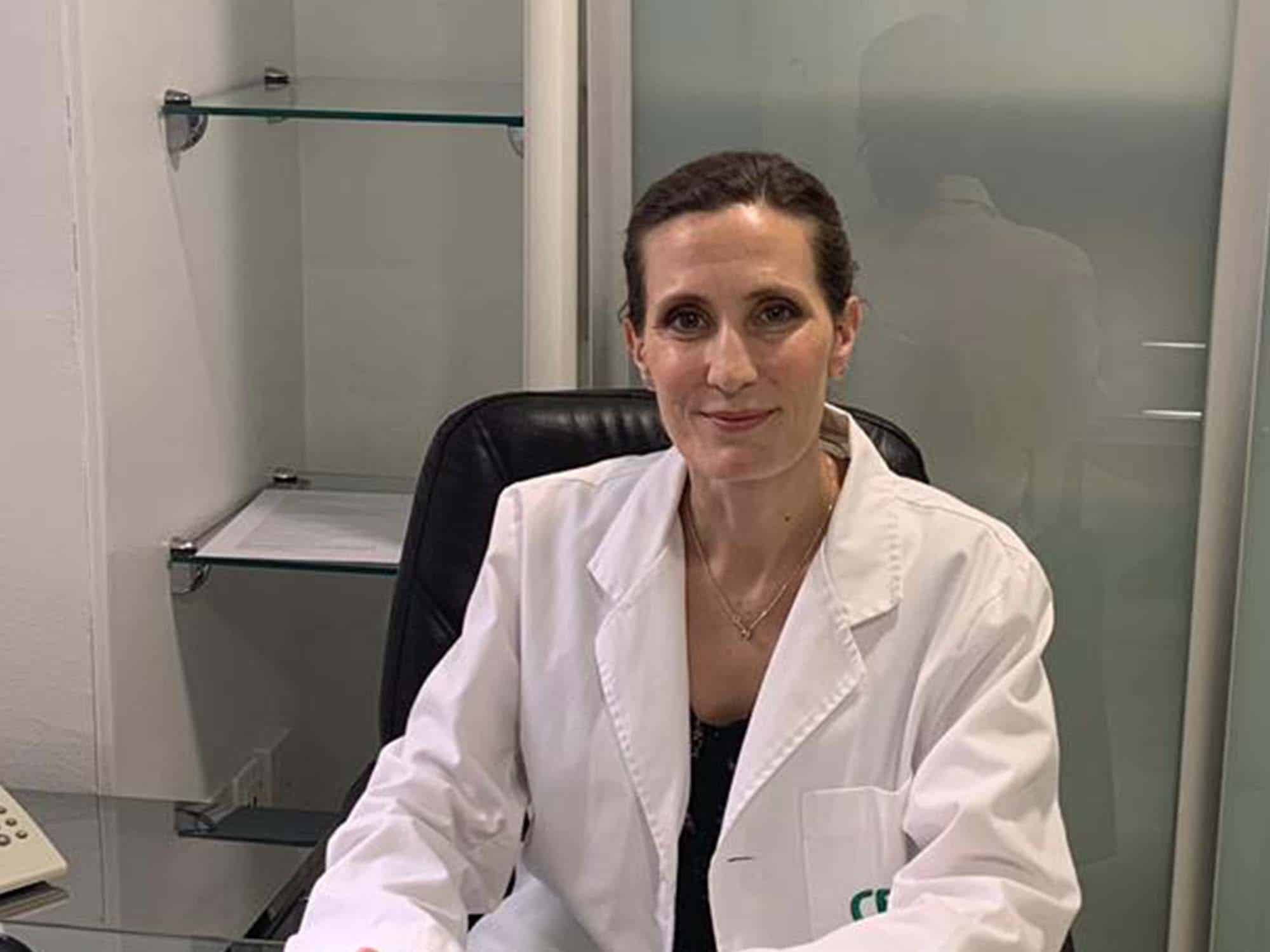








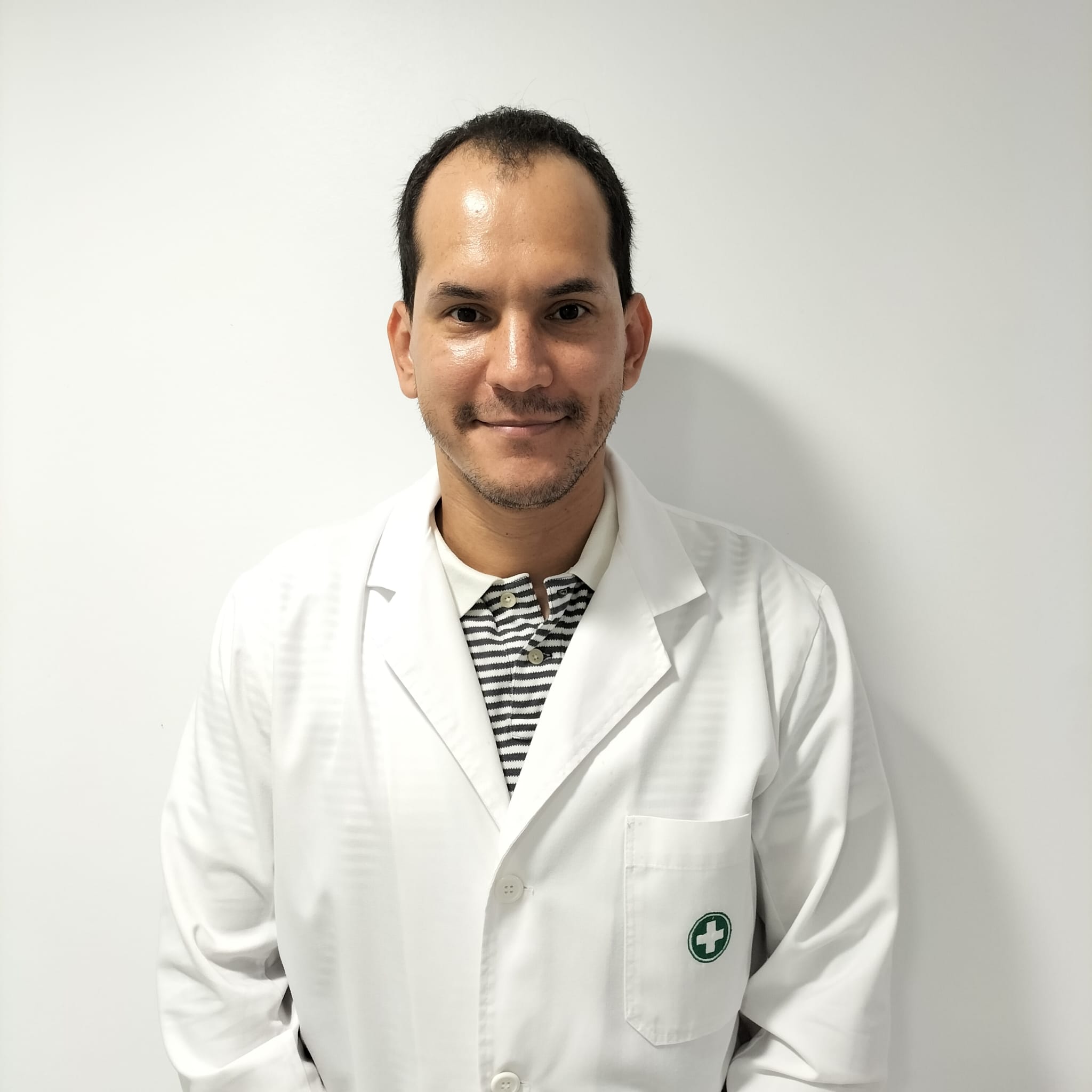



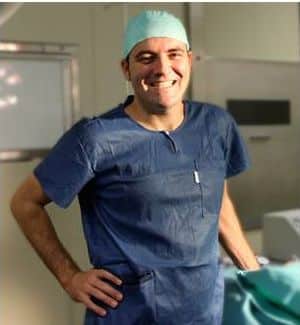
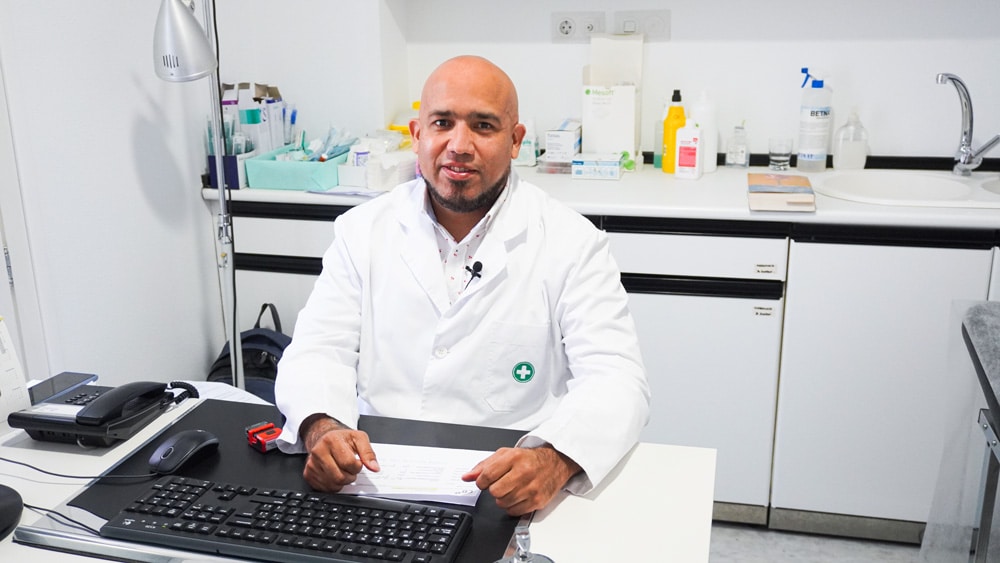
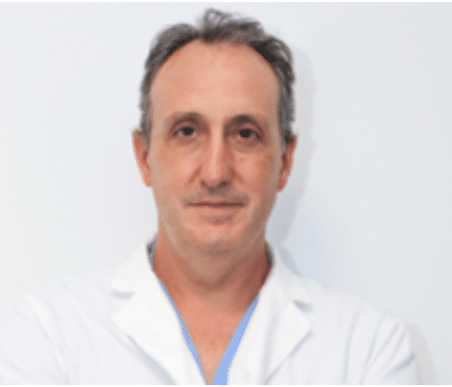

The opinion of experts
Paracelso Sagasta's blog
You will find advice from our professionals on how to improve your health and information on the latest technologies applied in the medical health sector.
 Health and advice
Health and advice
Make 2025 your healthiest year: a guide to positive habits
 Health and advice
Health and advice
10 Tips for a healthy Christmas
 Health and advice
Health and advice